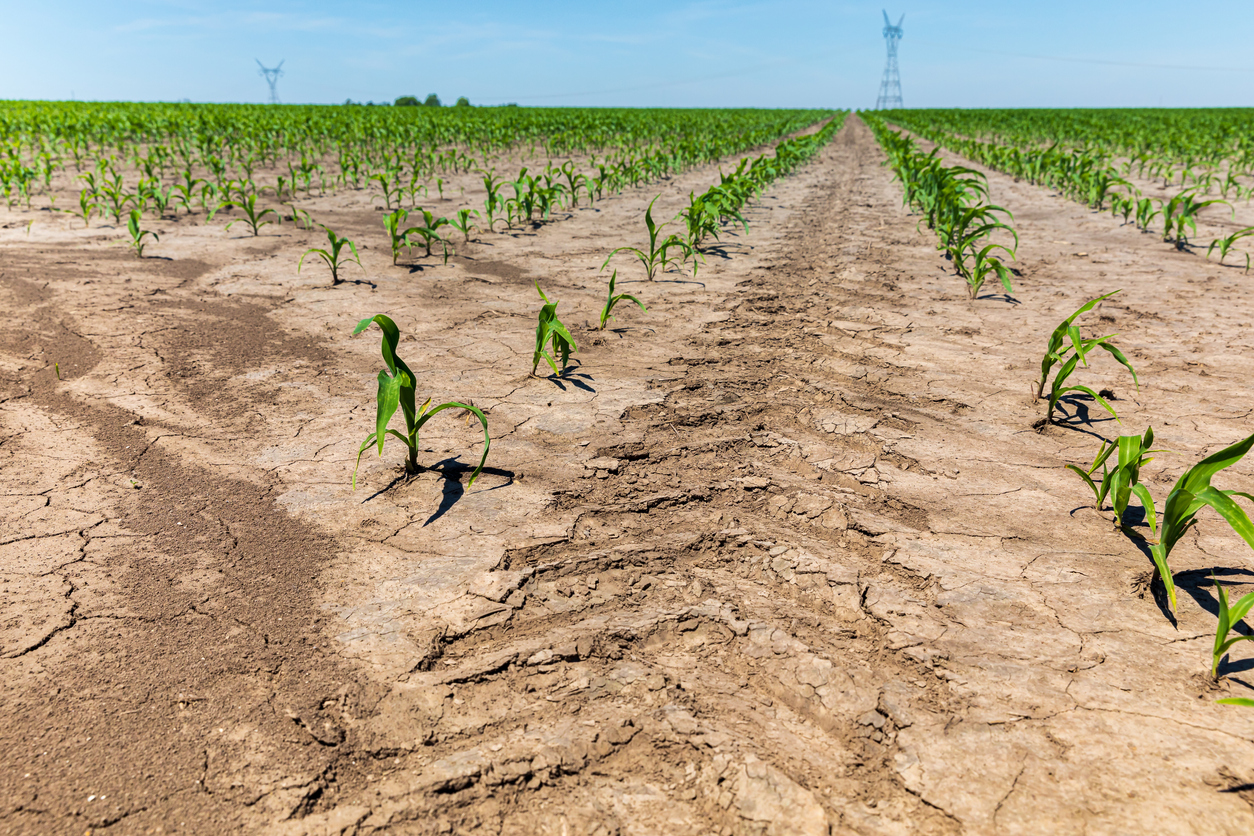Compaction or Poor Soil Structure

I have a long-standing feud with engineers about soil compaction. Engineers insist that soil compaction is caused by wheel traffic (true) but it also comes from excessive tillage, rain (think hard driving rains) and gravity (to a lesser degree). Soil compaction is poor soil structure due to a lack of roots and active carbon (soil organic matter, SOM) from root exudates. Tillage adds soil oxygen that promote bacteria that breaks down the good soil structure (macro-aggregates, macro’s) or soil that crumbles. The glues that form the macro’s comes from plant roots and microbial waste or byproducts. Bacteria wastes are important for cementing soil particles into micro-aggregates (micros) while fungi are important for producing glomalin that cement micro’s together into macro’s. Micro’s are the building blocks to good soil structure, but without the glues, they cause poor soil structure or compacted soils. A balance of soil bacteria and fungus are needed for good soil structure. Tillage prom...

